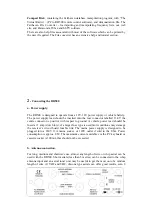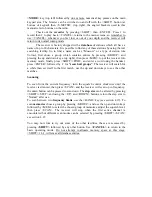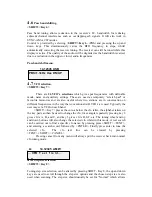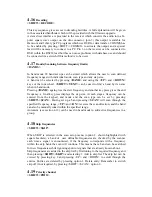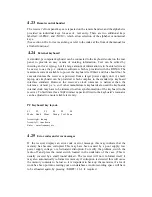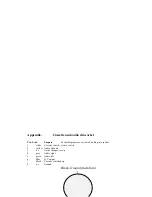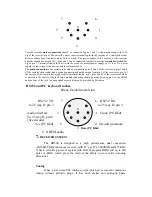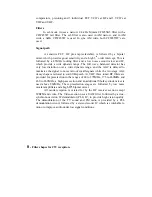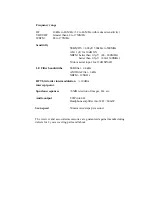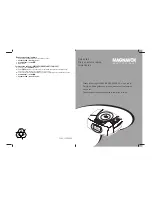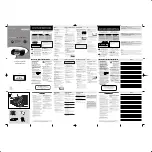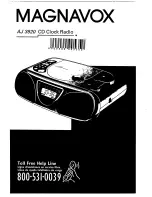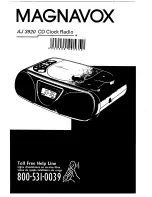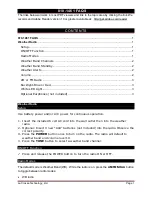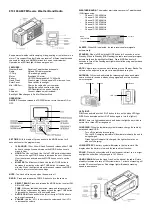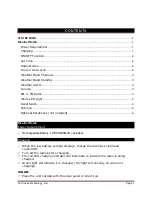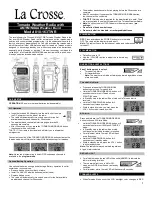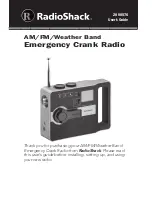
Pressing mode brings up the mode menu, and pressing the associated key e.g. 1. For
LSB allows access to that mode, a second key press will give its counterpart, for
example-
1.
LSB-USB, 2. CWL- CWU.
Option 4. gives ASD (AM synchronous double sideband), and further key presses
gives selection of the upper or lower sidebands whilst in sync mode. Using the
synchronous modes will give an improvement to the reception of AM signals that are
subject to fading and can reduce the enormous distortion during deep fading caused by
the selective reduction in received carrier level caused by multi-path propagation.
In sync mode the receiver’s BFO (beat frequency oscillator) is locked to the frequency
of the station’s carrier and will “fill in” when the received carrier reaches a low level.
In use it is preferable to first tune into the station in AM mode and if fading is
experienced, select ASD and slowly tune the receiver until zero beat is heard. By
tuning around slightly you will notice that the receiver is locked to the station over a
small tuning range. Leave the tuning set in the middle of the lock range, and if
interference is noticed to be coming from an adjacent station, ASU (upper sideband
synchronous) or ASL (lower sideband synchronous) can be used to select the side of
the signal with least interference. Selecting the AVC facility, (automatic volume
control), in the aux menu will give a further reduction in level variation of fading
signals.
DSB (non syncing) is also catered for, it is sometimes used as an amateur mode and is
useful to find the exact centre of carriers for frequency logging.
CW modes.
When CW is selected the user can press <SHIFT><BPFILT> to select the required
stereo or mono filter and filter bandwidth. See section 4.2
FM modes
The FM mode selection (button 3) can be pressed 5 times to give FMN (narrow band
FM), FMV (Very narrow FM), for use in congested bands, FMW (Wideband
broadcast FM), FMS (Stereo broadcast WBFM), and TVS (TV sound). When TVS is
selected television sound can be received with its correct 6MHz subcarrier offset and a
PAL video monitor or recorder can be connected to the sockets on the rear panel
marked video output and TV sound.
EXT
allows an external input to the receiver and its sound recorder, via the rear din
socket at line level (0.7 volts).
See appendix for connection details.
Mode menu
1 [LSB] 2 CWL 3 NFM
4 ASD 5 AMW 6 EXT
Summary of Contents for RD500
Page 1: ......
Page 27: ...This graph shows the response curves for the CW filter selections 9 SPECIFICATIONS...
Page 31: ......


